Breakfast and brunch trends 2025: Stay ahead of the curve
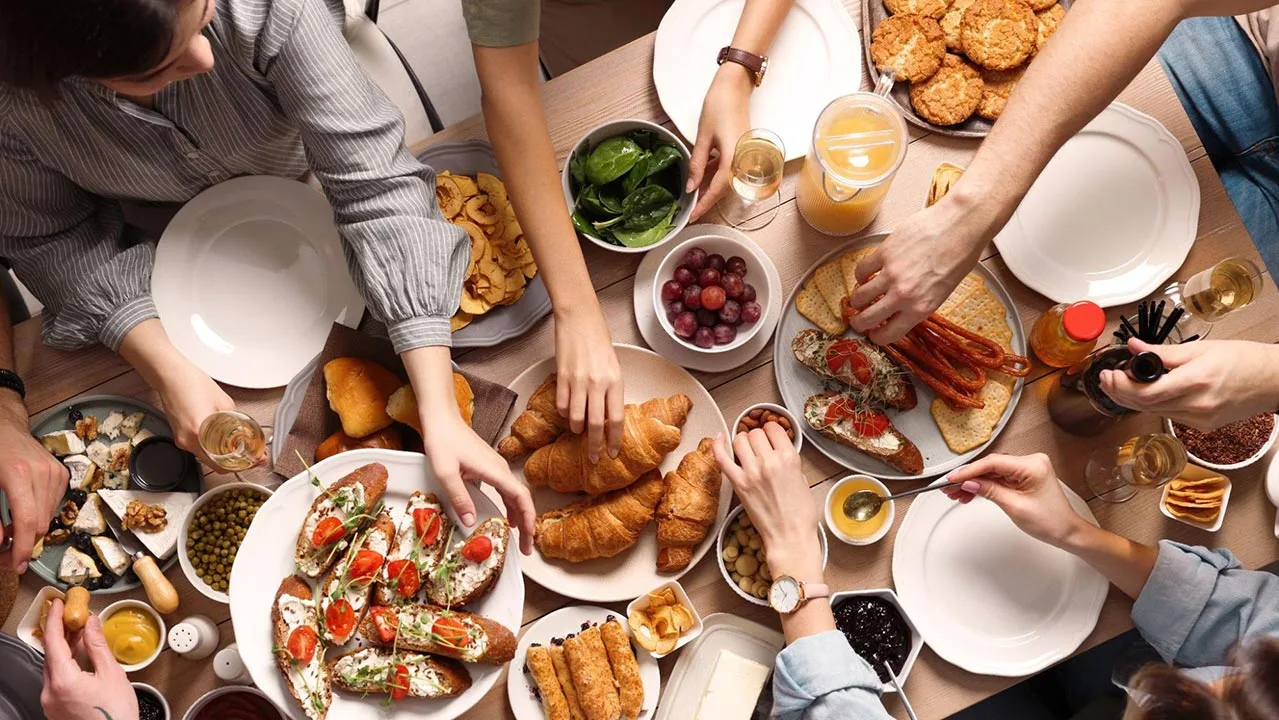
Skip the article and turn takeaways into action by scheduling a call with our team.
Breakfast and brunch have solidified their status as cornerstone dining experiences in the restaurant industry. Breakfast fuels mornings with quick bites or hearty plates, while brunch has transformed into a leisurely weekend ritual that blends food, drinks, and socializing. Since breakfast trends and brunch trends are always evolving, adapting to these emerging trends is critical for restaurant success.
In a competitive landscape, establishments must stay ahead of the curve to meet shifting diner expectations, whether that’s through innovative menus, sustainable practices, or enhanced experiences. Solid pricing and marketing strategies can cement breakfast and brunch as delicious, uplifting experiences for customers and profitable periods for restaurants.
Breakfast and brunch trends both are part of a shifting cultural landscape, and reflect broader trends. Here we’ll discuss these trends and the actionable insights that can be gleaned from them.
Shifting diner preferences
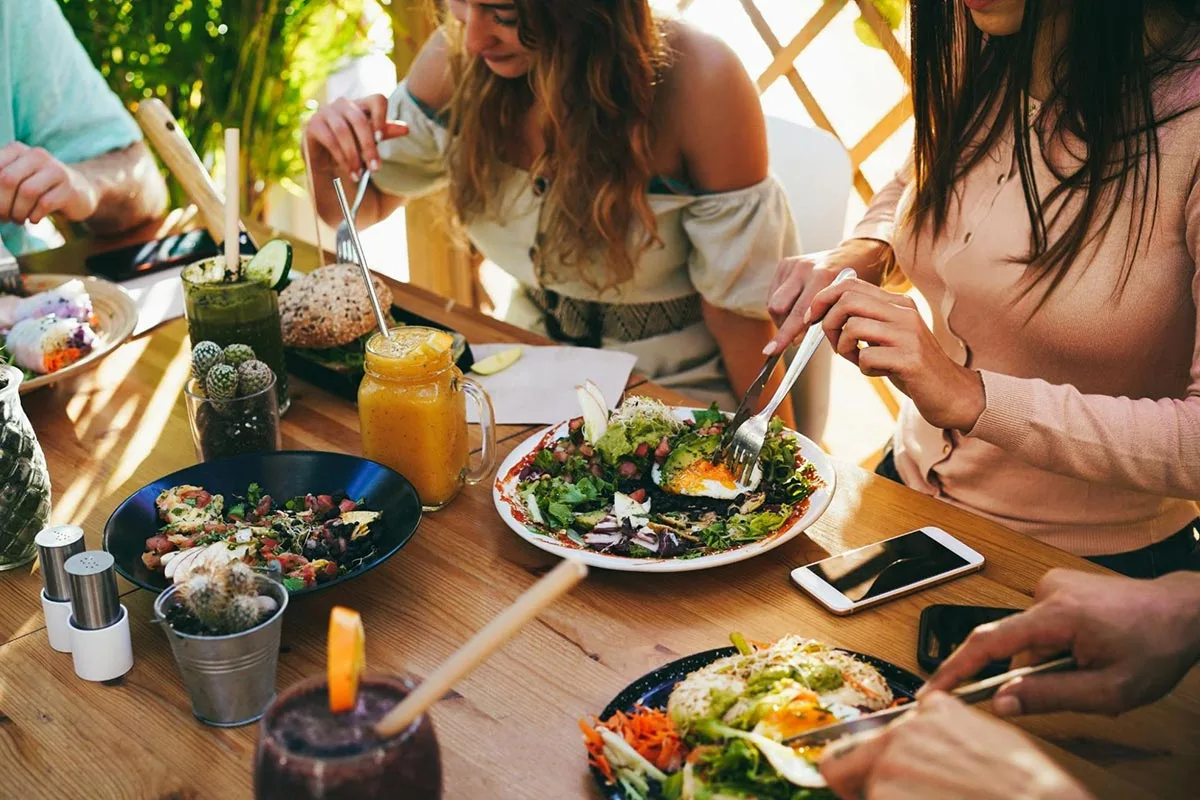
Consumer preferences are driving significant changes in how restaurants approach both breakfast and brunch. These preferences can be divided into two categories: broad trends and specific trends. We’ll discuss specific trends below in the “menu innovations” section.
Broadly, there are two driving factors behind overall consumer preferences: a taste for health consciousness and a desire for sustainability. Convenience remains key as well, especially with the weekday breakfast crowd.
Health-conscious food tops the list in preferences, with diners increasingly seeking nutritious yet flavorful options. Plant-based, gluten-free, and vegan dishes have surged in popularity, with staples like avocado toast now sharing the spotlight with smoothie breakfast bowls packed with superfoods like chia seeds and spirulina. Breakfast menus and brunch menus alike should now offer low-carb and high-protein choices like almond-flour waffles or egg-heavy dishes like omelets and frittatas cater to fitness enthusiasts and dietary trends. Healthy dining in 2025 doesn’t just mean plants: Many diners are always after their next protein fix, so lean meats are key.
Simultaneously, customers favor sustainability wherever possible, like locally sourced ingredients including local honey, fresh fruit or veggies, and eggs. This eco-minded shift also includes efforts to reduce food waste, with some eateries offering smaller portion options or creatively repurposing leftovers into specials.
Convenience remains crucial as well. Many on-the-go customers need breakfast options that are easily transportable for takeaway, like breakfast sandwiches, Mexican breakfast tacos, or burritos. Make a solid takeaway item, add your own twist, and watch it market itself. Quick-service combos of classic breakfast offerings can compete with fast food chains, which are also spiking in popularity.
Menu innovations
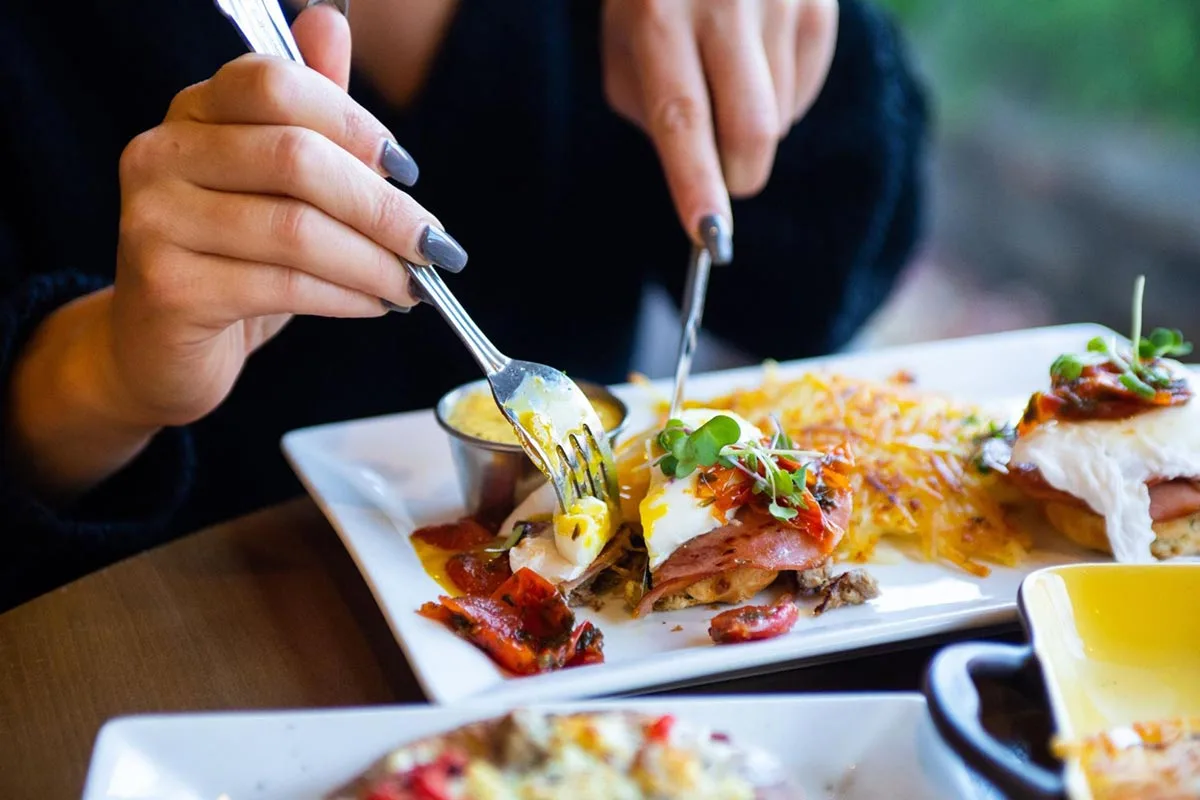
As we reported in our food trends 2025 article, some items are drawing attention as evidenced by search volume. Sandwich innovations like the Italian chopped sandwich, caesar salad sandwich, pickle sandwich, and raclette sandwich have all exploded in popularity. Any restaurant that does sandwiches can find a way to add these to a brunch menu and draw in new customers.
Meanwhile, classic breakfast foods and brunch dishes alike are getting makeovers, often as mashups with global flavors. Egg flights (tasting various types) are way up in popularity, so tap into the trend and offer a variety of taste for your customers. Since every breakfast trend forever has included eggs, this works perfectly! Spice up your eggs with new tastes: harissa-drizzled scrambled eggs, truffle-infused eggs, shakshuka, breakfast hash with homemade sausage, or Korean-style marinated eggs as a finger food that’s great for buffets.
Artisanal ingredients like house-made jams, homemade sausages (as mentioned above), fresh cream, house-made hot sauce, and queso fresco can elevate ordinary breakfast dishes like waffles, french toast, or hash browns to be something extraordinary. Think the Denny’s Grand Slam, but artisanal.
Interactive and customizable options are also popular, like the always-classic build-your-own omelet or waffle station, letting diners mix and match toppings. This personalization helps cater to unique dietary needs and ensure inclusivity without sacrificing flavor.
Beverage trends
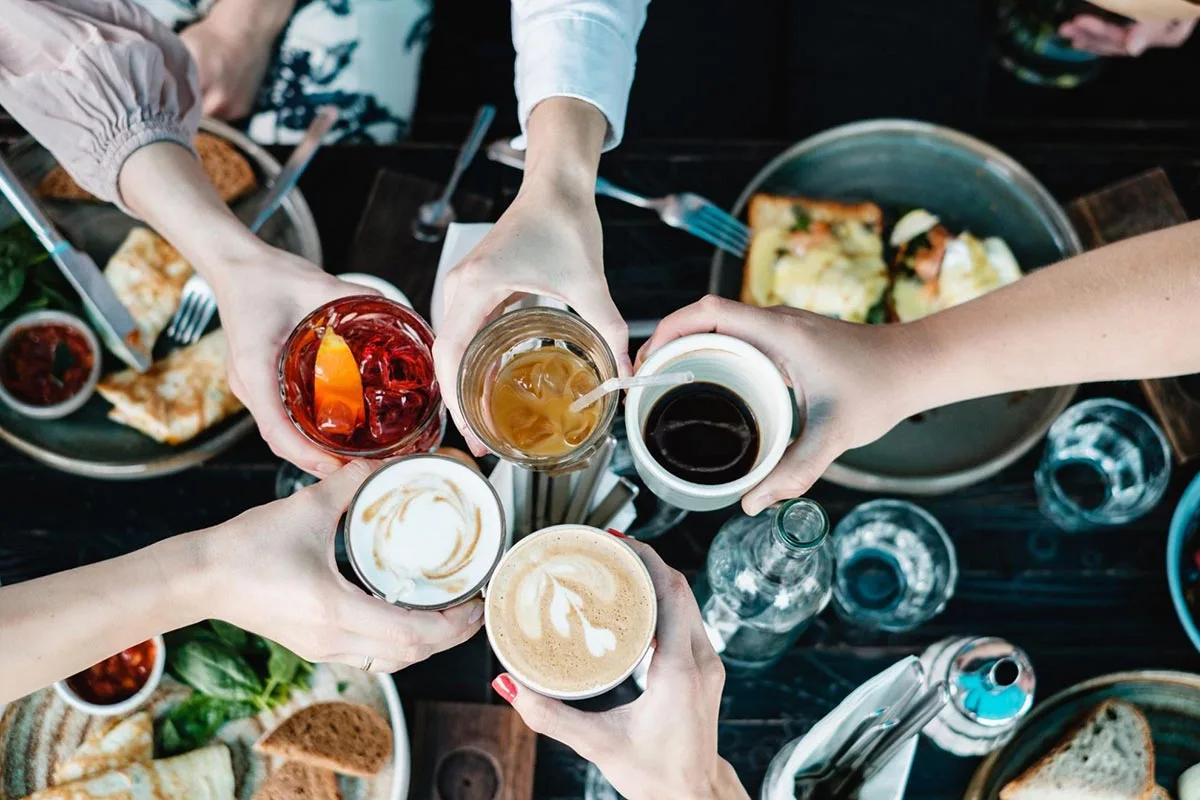
Beverages are a cornerstone of the breakfast and brunch experience, with trends reflecting both indulgence and wellness. Specialty coffee notably came up as one of the top trends going into 2025: Omakase coffee, for example, where the customer lets the barista choose what they drink, skyrocketed in popularity.
Coffee flights, with a number of different styles and flavors available, let customers try a number of options and make for a fun (and Instagrammable) experience.
Mushroom coffee and mushroom tea are also gaining steam (no pun intended) in 2025, often represented as healthier alternatives to traditional caffeine drinks.
Of course, the American boozy brunch culture isn’t out of style. Creative cocktails options like mimosa or Bellini flights with unique flavors like guava, elderflower, or lychee can set a restaurant apart from its competitors. A bloody mary bar remains popular, especially when stocked with gourmet garnishes like bacon, shrimp, or even breakfast pizza.
Plenty of people are cutting back on drinking, especially Gen Z and younger millennials. Offering low-ABV options like spritzes or non-alcoholic mocktails made with kombucha or fresh-pressed juices provide sober but sophisticated alternatives.
Dining experience trends

The breakfast and brunch experience extends beyond the plate, with ambiance and engagement playing pivotal roles. Instagram-worthy decor like neon signs, floral walls, or minimalist chic vibes turn dining spaces into photo ops, amplifying social media buzz.
Outdoor seating, especially with pet-friendly perks like water bowls or treats, caters to laid-back brunch folks who crave fresh air and sunshine.
Social and communal dining is making a roaring comeback with the lonely pandemic days long behind. Tasting and shareable platters like egg and coffee flights (as mentioned above) give customers plenty to talk about, and breakfast charcuterie boards or family-style skillet hashes encourage group dining. Group dining itself is a major trend, as is the increasing desire for private dining rooms for special occasions.
Daypart expansion
For many, it’s a dream come true: Breakfast and brunch are no longer confined to traditional hours at many restaurants. This all-day breakfast trend reflects both modern lifestyles and flexible schedules, and can cater to late risers, remote workers, and night owls—long neglected by the breakfast and brunch world. Night owls and late shift workers who are able to get eggs benedict, pancakes, or other coveted breakfast items late into the day will appreciate restaurants that can provide their morning meal in the afternoon.
Restaurants can benefit from this all-day trend: The blurring of dayparts, where breakfast or brunch seamlessly transitions into lunch with items like breakfast burgers (slap an egg and hash browns on it) or burritos keeps tables full and doesn’t have to gum up the works in the kitchen.
Marketing opportunities and tactics
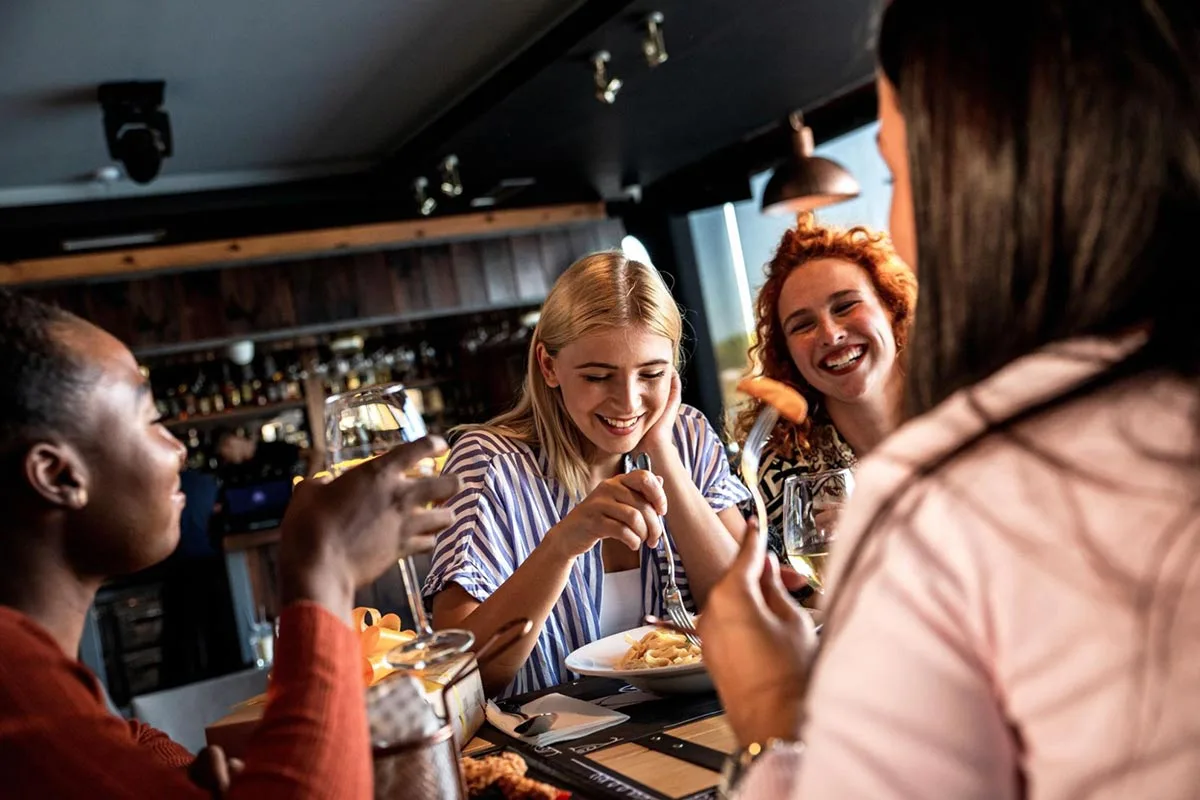
Naturally, restaurants tapping into breakfast and brunch trends will want to market early and often to get the word out and build hype. So what are some good ways to go about it?
One place to start is with strategic pricing. Tiered pricing, for example, can cater to diverse budgets. Offering a basic $8 egg sandwich alongside a $15 gourmet version with truffle aioli and artisanal bread appeals to both cost-conscious diners and gourmands alike. A bundle deal like a $15 combo of coffee, pastry, and fruit allows opportunities for upselling while providing a value perception that keeps business flowing.
For brunch, premium pricing on signature items like lobster benedict or mimosa flights can capitalize on the event-like atmosphere, where diners are willing to splurge. Lower rates during off-peak hours encourage customers to join during that daypart, especially with time-specific specials like a $3 latte from 2-4 PM.
The best way to market breakfast and brunch is still social media apps. Visually appealing dishes like colorful breakfast bowls or stacked brunch boards set mouths salivating and get customers jazzed to join. Running contests like best coffee photo keeps social media users engaged and can attract foodie bloggers or micro-influencers, who can spread the word for you.
Tap into brunch trends

Keeping ahead of trends makes a restaurant a trendsetter. Knowing just what your customers want with a magic crystal ball would be great, right?
Turns out you don’t need telepathy or magic to get that knowledge—you just need software that can collect and parse the data. Yelp Guest Manager does just that. It gathers and sorts customer data across time, showing you what regulars order on a Sunday or Tuesday morning and how their preferences shift over time. Notice an uptick in specialty coffee orders? Take that insight, lean into it, and market it. Customers interested in your new savory breakfast options? Dial those up.
Combine that data-sifting power with a versatile front-of-house and reservation management system and you’ve got a major ally on your side. We’d love to tell you more about it, but we’d rather show you. Reach out to us for a free demo and we’ll show you where software trends are headed.